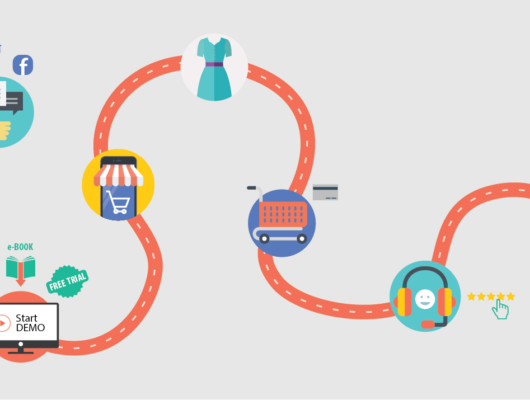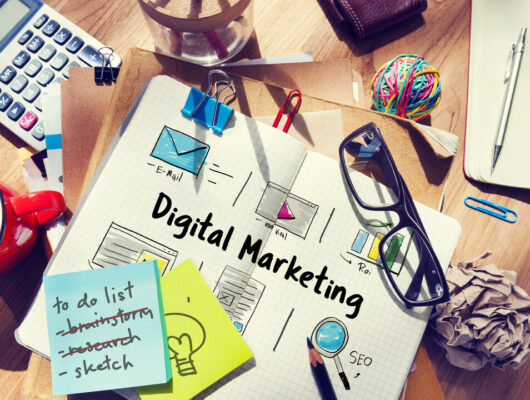In today’s data-driven business landscape, understanding and optimizing the customer journey is crucial for sustainable growth and success.
Funnel analysis is a powerful tool that allows organizations to gain deep insights into the various stages of the customer acquisition process and identify opportunities for improving conversion rates.
In this article, we will explore what funnel analysis is, its importance, and how it can be used to enhance conversion rates and drive business growth.
What Is Funnel Analysis?
Funnel analysis is a data-driven approach used by businesses to track and analyze the customer journey through various stages of interaction with a product or service.
The customer journey is typically divided into stages, often represented as a funnel, which may include:
- Awareness: The stage where potential customers become aware of your product or service.
- Interest: When potential customers express interest or engagement with your offering.
- Consideration: The phase in which prospects are actively considering your product or service.
- Conversion: The stage where prospects take the desired action, such as making a purchase or signing up.
- Retention and Advocacy: After conversion, retaining customers and turning them into advocates for your brand is crucial.
Why Is Funnel Analysis Important?
- Identifying Drop-Off Points: Funnel analysis helps identify where potential customers drop out of the conversion process. This insight allows businesses to pinpoint areas that need improvement.
- Conversion Rate Optimization: By understanding the bottlenecks in the funnel, businesses can make data-driven decisions to optimize the customer journey, ultimately leading to increased conversions.
- Resource Allocation: Funnel analysis can guide resource allocation. By knowing which stages are performing well and which need attention, businesses can allocate resources effectively to boost conversions.
- A/B Testing and Experimentation: Funnels serve as a basis for conducting A/B tests and experiments. By making data-backed changes and testing their impact on different funnel stages, businesses can fine-tune their strategies.
- Predictive Analytics: Funnel data can be used for predictive analytics, helping businesses forecast future performance and plan accordingly.
How to Perform Funnel Analysis
- Define the Funnel: Start by defining the key stages of your customer journey. What actions do customers need to take to move from one stage to the next?
- Collect Data: Gather data on user interactions and behavior at each funnel stage. This data can come from website analytics, user tracking tools, or CRM systems.
- Visualize the Funnel: Create a visual representation of your funnel, showing the percentage of users who move from one stage to the next.
- Identify Drop-Off Points: Analyze the data to identify stages where users drop off or abandon the process.
- Hypothesize and Test: Develop hypotheses about why drop-offs occur and implement changes to test these hypotheses.
- Measure and Iterate: Continuously measure the impact of changes and iterate on your funnel to improve conversion rates.
Case Studies: Funnel Analysis in Action
- E-commerce: An online retailer uses funnel analysis to identify a high drop-off rate during the checkout process. They optimize the checkout page, leading to a significant increase in completed purchases.
- SaaS: A software-as-a-service company uses funnel analysis to pinpoint that many users drop off after the trial period. They implement a personalized onboarding process and see a rise in paid conversions.
Conclusion
Funnel analysis is a vital tool for businesses seeking to understand and optimize the customer journey.
By visualizing and analyzing the stages customers go through, organizations can identify and address drop-off points, leading to increased conversions and sustainable growth.
It is not a one-time process but an ongoing effort that should be integrated into a company’s data-driven decision-making culture.
With the right data and a commitment to continuous improvement, funnel analysis can be a driving force behind your business’s success.






